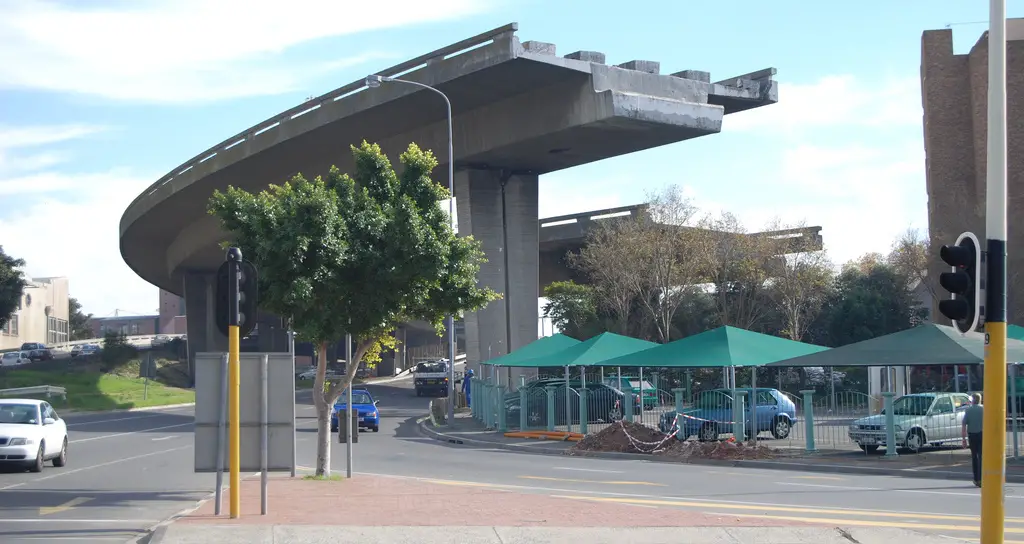Why Women are Poorly Served by the Hub and Spoke Public Transport Model in English Cities
The hub and spoke public transport model found in most English cities provides direct, linear public transport routes connecting outer areas to a central hub. Arguments for this approach include that it requires fewer buses and is more cost effective than connecting every node individually. The desire or need to travel into urban centres from outer areas is representative of a societal norm where employment and recreational hubs are more likely to be in central areas and where housing is typically outside those areas. Hub and spoke networks typically run more services during commuting periods, getting people in and out of a central area and therefore better supporting a 9-5 working structure.
The drawback of hub and spoke approaches is that bus users with mobility needs beyond moving between inner and outer urban areas at peak commuting times experience worse service. This mobility need is more likely to be experienced by women.
Women are more likely to take shorter public transport trips than men, take multiple journeys as part of a larger route (‘chain trips’), travel for non-work reasons, and travel off-peak. Much of this can be attributed to societal roles. Women are more likely than men to take children to school, undertake household management tasks, and undertake care work. Women are more likely to spend time in part-time or lower-paid work and have lower incomes than men. Women are therefore more at risk of transport poverty – where journeys are unviable due to income, cost and availability.
In England in 2017, a third more women than men traveled by bus. With public transport users in the lowest income group three times more likely to be bus users than public transport users in the highest income group, bus service operations disproportionately affect women. By definition, a hub and spoke model does not prioritise circular or circumference routes which connect outer areas with each other. With factors such as school and caring locations creating unique mobility needs for many women, the linear rigidity of a hub and spoke approach is not supportive.
Bus services were deregulated and privatised across the UK during the 1980s. Services in English cities are today run by independent operators on certain routes, with freedom to change timetables, stops and other factors without consultation. While privatisation was intended to increase services through competition, in most instances this did not materialise. The need for profitability therefore influences operations, with unprofitable bus routes deemed socially necessary subsidised by local authorities. However, these have been impacted by austerity measures, with Local Authority funding for buses across England cut by 46% between 2010 and 2018. Outside of the English capital of London, which has a scale and density that makes a mesh-like bus network viable, thousands of routes have been lost.
The dominance of financial consideration within a social service like public transport is an example of neoliberal thinking, prioritising free markets over government intervention. The lack of social consideration evident in neoliberal thinking could be seen as the reason for a public transport service which prioritises the hub and spoke operational model. The less uniform, predictable mobility requirements typical of women does not provide a predictable mass of bus users and is therefore not economically compelling.
The lack of female voices among transport stakeholders could be a contributing factor. The CEOs of the 5 largest bus companies in the UK, responsible for around 70% of services, are male. Legislation to address gender inequality in the workplace introduced in 2017 means that each of these companies reports on gender pay gaps, however, only two have schemes to improve representation of women in leadership. Issues related to public transport in England are the responsibility of the UK Government’s Secretary of State for Transport. Since 1921, there have been 58 ministers in this role (or equivalent), 4 of whom were female. Despite privatisation of bus and rail, subsidies remain for both, equal in 2018 to £8 per person per year for buses and £249 for rail. It is conceivable that gender issues play a role in government decisions, with a lack of female voices in legislative decisions and leadership having an impact which disproportionately affects women.
Operationally, mitigating these issues could be straightforward. Inspiration could be found in cities where informal public transport operates unsubsidised, lower-capacity vehicles, running linear or circular routes in outer regions. Local Authorities could also adjust their definition, and funding, for socially necessary routes. However, these suggestions ignore financial issues and miss a foundational point. Bus users are more likely to be lower income, and women are more likely to have lower incomes. Care and household responsibilities complicate mobility needs, and women are more likely to undertake these responsibilities.
The systemic issues explored in this post are both intangible – equality – and tangible – bus routes. For the latter, the issue is not how they operate, but how they do not. While conceivable that legislative, business and social change could generate a scenario of more equal distribution of caring and household responsibilities, and therefore varied mobility needs from men and women, a need exists and a benefit remains for hub and spoke approaches due to cost and efficiency. If women were less restricted by lower incomes, a switch to private vehicles could occur, meeting needs for chain-trips yet introducing the direct and indirect risk that private vehicle use creates. Even in a scenario of equal distribution of social responsibilities and incomes, an argument exists for a public transport approach which supplements hub and spoke models, supporting the competitiveness of bus networks.
When the UK Government’s Equality Act passed in 2010, it aimed to ‘protect people from discrimination’ in ‘workplace[s] and wider society’, including ‘as a consumer’ and ‘when using public services’. The same act recognises caring as an equality issue, with carers’ rights to work protected. While steps are being taken in government and business (partly triggered by legislation), entrenched issues remain, with women less likely to be represented in positions of power and more likely to be in social circumstances which create a mobility need unaddressed by the bus networks of most English cities. However, these issues aren’t just legislative or operational. A social expectation of women exists that results in these circumstances. Appropriate legislative and business measures play a part in addressing this, but societal change is complex and slower than updating laws, company policies or bus routes.
Photo: Atanas Paskalev


